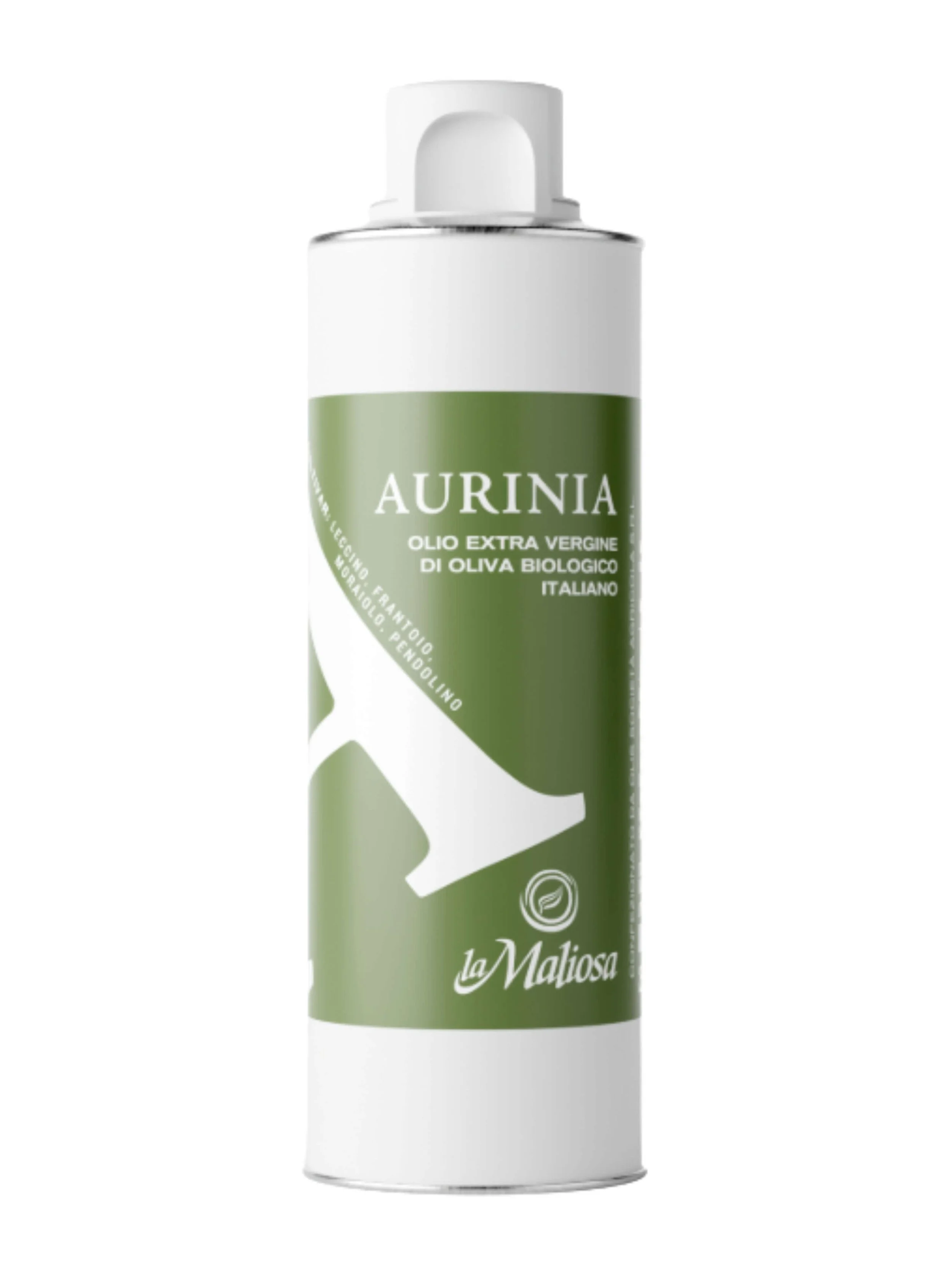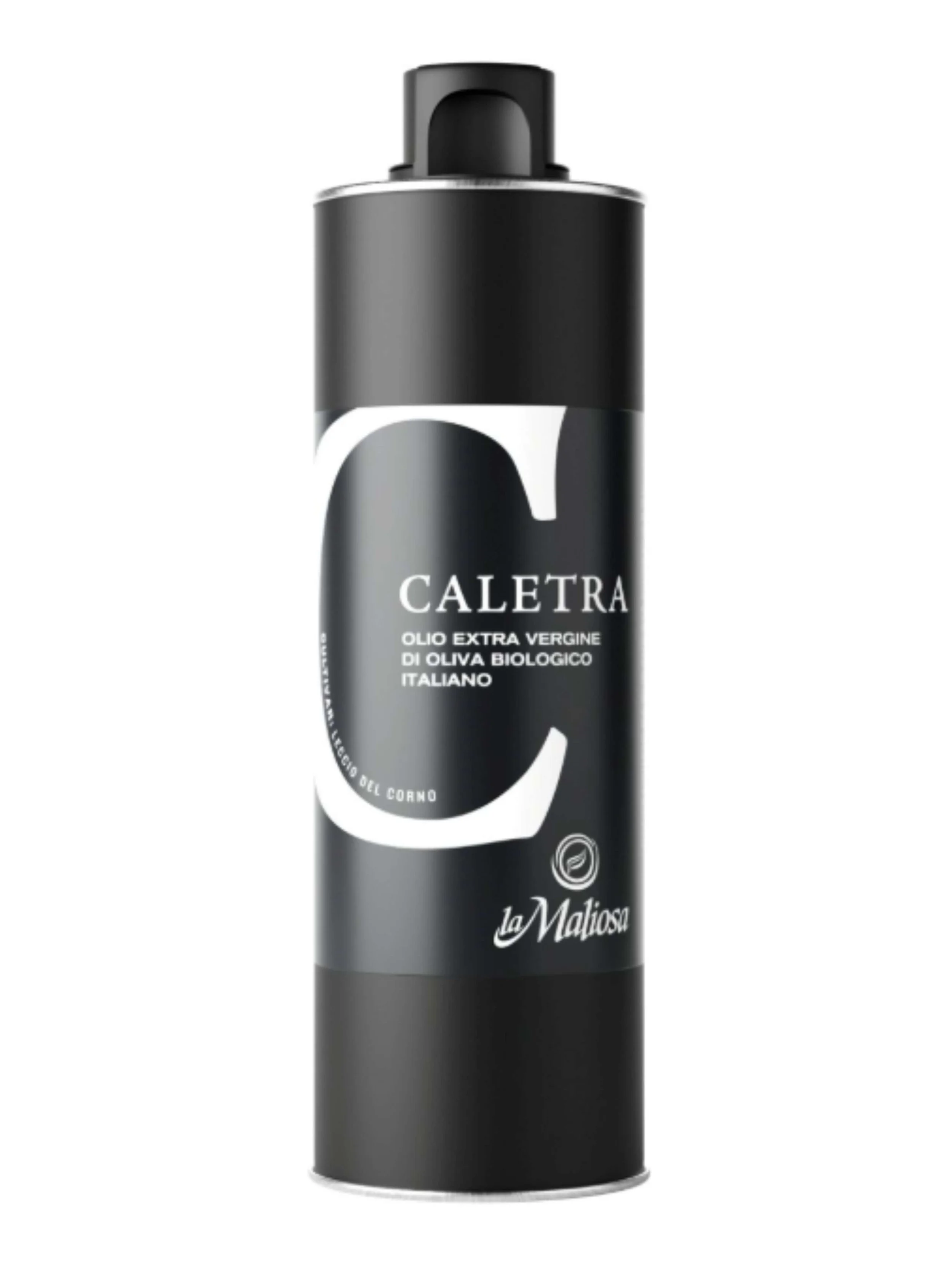Foraging For Tuscany's Best Olive Oil
The olive trees of La Maliosa
Wine and extra virgin olive oil live intertwined lives. As we have discussed in this previous article, there are many similarities between the two worlds, from farming methods, to how to taste and pairing with foods. We recently visited Tuscan farm and winery La Maliosa and tasted their natural wines. But do you know that they make award-winning organic extra virgin olive oils too? In this article we’re going to share what we discovered about La Maliosa’s olive oils, the process and intention behind the olive oil production and the flavor profile of each EVOO and what foods they're best paired with. As a primer, you may want to check out this article on the types of olive oil and how to know which ones to buy and use.
La Maliosa’s Olive Oil Farm
It’s not just about wine at La Maliosa in Maremma Tuscany. When Sheila Donohue, the founder of Vero, first visited Antonella Manuli at La Maliosa in 2018, she recalls Antonella sharing that her olive oils had garnered even more awards than her wine (you can read more about Antonella’s story in this article). The production of their two olive oils, Aurinia and Caletra, is an essential part of La Maliosa. When you visit the farm, the presence of the beautiful sea of olive trees draped over the undulating hills cannot be ignored. The trees' position, variety, age, how the olives are harvested, and the oil produced are all carefully considered and planned out. The regenerative farming practices laid out by the Corino Method, which we've talked about in previous articles, also apply to olive oil production.
Sustainability is at Heart of Everything at La Maliosa
Hand harvesting olives at La Maliosa farm and winery.
Antonella Manuli started La Maliosa to go back to how farming used to be: without the use of chemicals and putting most of your effort towards keeping the soil healthy, and her olive oil is no exception. From the beginning, sustainability was a guiding principle by which Antonella wanted to develop and run the farm. Measures taken to promote sustainability include favoring manual work and limiting mechanical work, using a mulching technique that uses organic soil cover, and developing pest management defense in harmony with the environment. Antonella and her team conscientiously look after the natural resources on the farm, which spans kilometers and is a mainly wooded territory, which they have consciously chosen to leave free of residential and agricultural activities. Their commitment to sustainability is paying off. In a study of their carbon footprint, it was found that the carbon dioxide uptake by the farm ecosystem is eighty times greater than the emissions thanks to the process they follow!
Committed to farming sustainably, La Maliosa tracks their energy produced on-site, as well as how effective are their CO2 reducing measures.
Antonella's goal for the olive oil was twofold: to recover the original varieties present on the farm and produce high-quality, healthy oil that highlights the link with the territory. The trees at La Maliosa are divided into two categories: the old trees and the young. The old are a collection of one hundred and twenty 70-year-old plants. The trees' annual production is limited to 35-45 kilograms each. (If you recall from our previous article about olive oil, it takes about a half of an olive oil tree to make a liter of extra virgin olive oil!)
The varieties are typical Tuscan cultivators, including Leccino, Frantoio, Pendolino, Olivastra Seggianese, Canino, and Leccio del Corno. These are all typical of the lower Maremma area, and there are still other varieties being identified on the property. Then there are the youngsters. The trees Antonella and her team planted since she acquired the property. The 3500 plants, which span 12.5 hectares, are a mix of Leccio del Corno and other Tuscan varieties. All are chosen for their durability and because they are uncommon.
Antonella's dedication to producing high-quality olive oil has been confirmed by the many awards her oils have received, including the best olive oil in Tuscany. The olive oils are extra virgin, certified organic, and vegan. Her oils are characteristically and typically Tuscan, have no foreign substances and have high nutritional and health value with increased polyphenols, antioxidants, and low acidity. If you want to learn more about the health benefits of organic extra virgin olive oil, check out our previous article where we discuss the terminology and how to pick a healthy EVOO.
The Extra Virgin Olive Oils
Two-thousand liters of oil are produced annually at La Maliosa, and two types of olive oil are made. The first is the Caletra, a mono-varietal cru made with 100% Leccio del Corno olives from 11-year-old trees which won best in Tuscany in 2020. The olives are harvested from October to November, and the oil is cold-pressed. The oil is complex and balanced with fruity and elegant green tomato and cardoon (artichoke thistle) notes. The flavor is refined and clean, with notes of artichoke, bitter almond, and tomato. The oil is bitter and spicy with a persistent finish. It is intense and enjoyable. It really brings the flavors out of vegetables. Try drizzling it over just plain lettuce (with a bit of salt) and see the flavors that pop out of the lettuce. It's also outstanding on a simple bruschetta, like tomato, or pureed soups of lentils, chickpeas, or squash. It's the ideal oil to put on top of the famed Florentine steak, grilled pork, and wild game.
La Maliosa organic extra virgin olive oils are both award winning in multiple contests.
The second oil Aurinia is a blend made from various olives, including frantoio, leccino, moraiolo, and pendolino. The trees are 10-70 years old and are harvested from early October to November. The oil has distinctive vegetal hints of green olive and fresh, more subtle herbal notes. The olfactory notes return in the taste, plus there's fresh almond. The oil is well-balanced and prolonged. It has a medium intensity and bitter and spicy finish. Its buttery yet complex flavors is ideal for toasted bread generously drizzled with olive oil. Try it with slightly sweet soups such as chickpea and prawn or onion soup. It's perfect for making homemade mayonnaise. It's suitable to use raw to finish fish such as tuna, sea bass, and steamed fish. It's also delicious in sweet recipes, including biscuit and cake recipes.
Use These EVOOs in your Kitchen
Are you ready to try these tremendous olive oils? Need some ideas? We discussed how really good olive oil, like these from La Maliosa, while cooking in this previous article, or you can try our recipes, like this traditional Tuscan soup from Maremma, Acqua Cotta or this easy Tuscan salad called Panzanella great for summer time. Enjoy experimenting, finding new uses for these organic extra virgin olive oils, knowing where they come from and the story of the woman behind them.
We just imported in the latest harvest and bottlings of both La Maliosa Aurinia and Caletra EVOOs. By popular demand, we also have the larger 500ml format, also of Caletra, #1 Tuscan EVOO.






